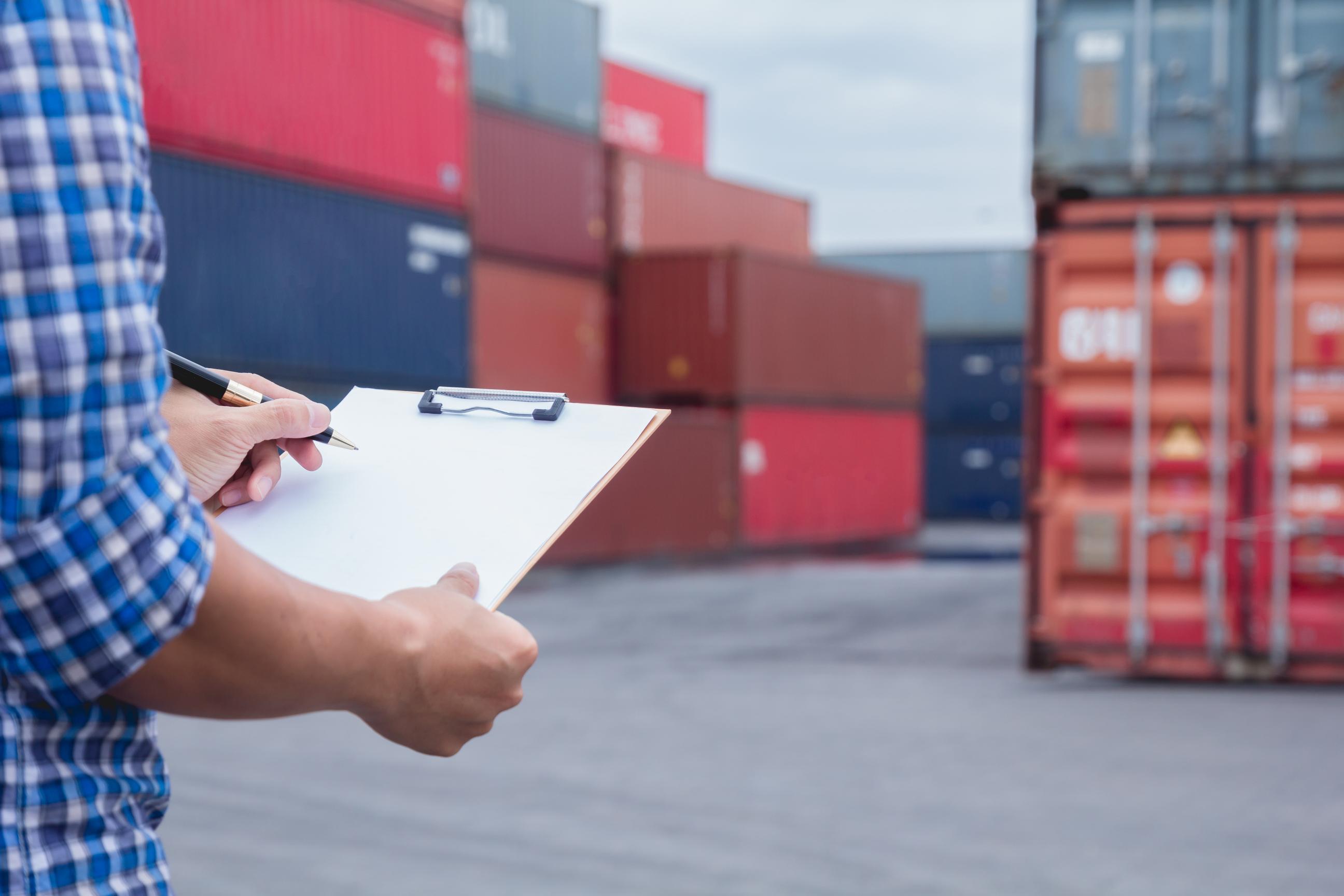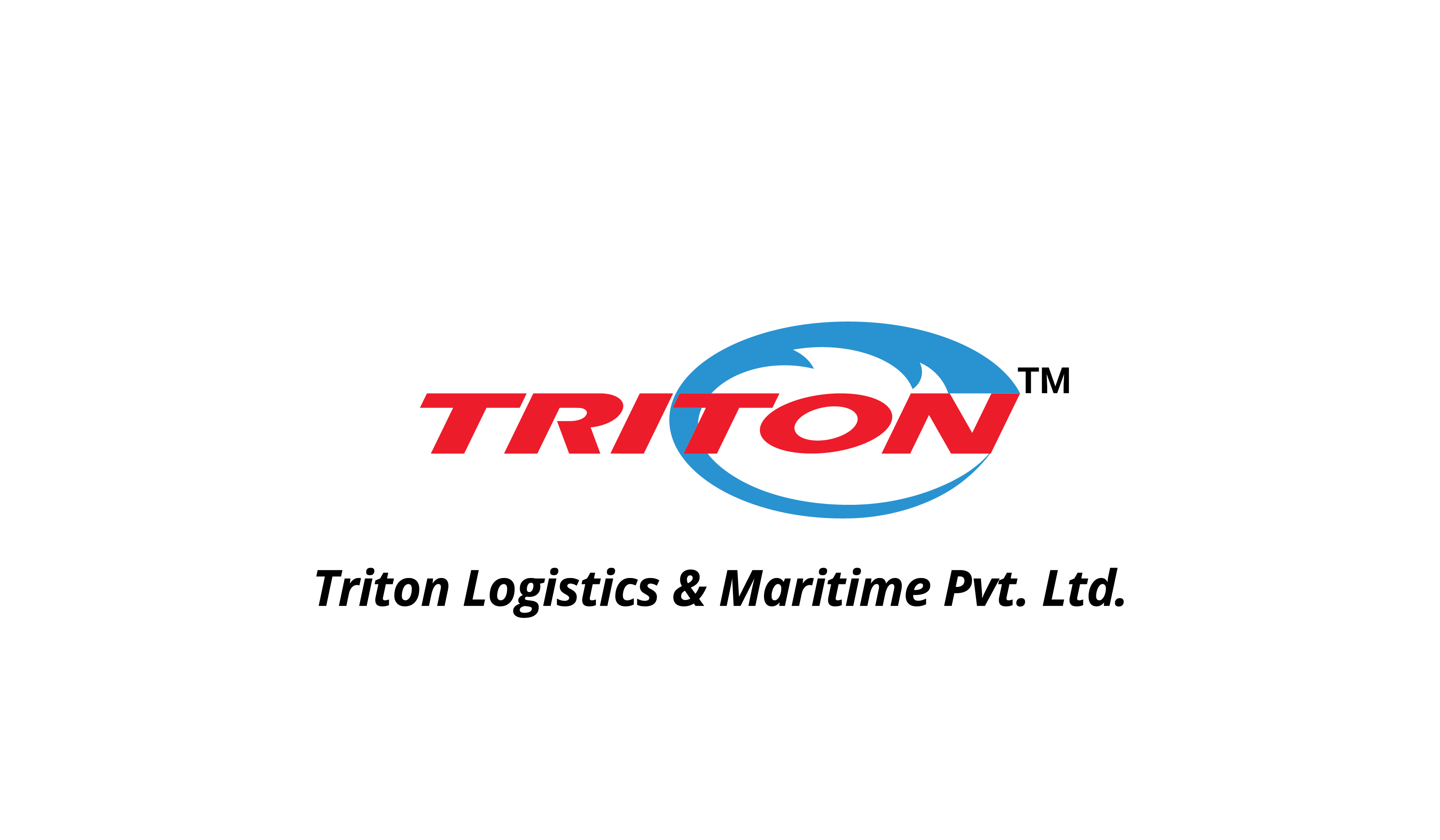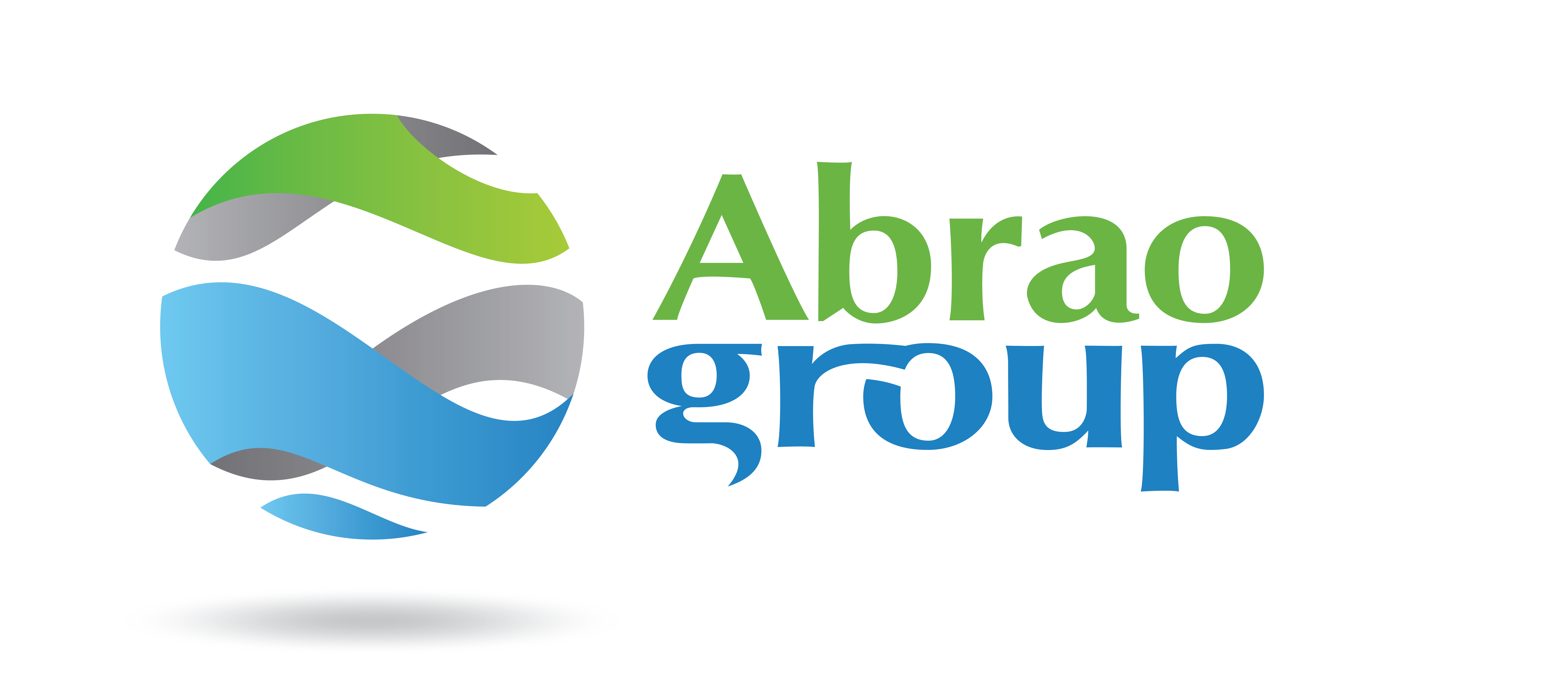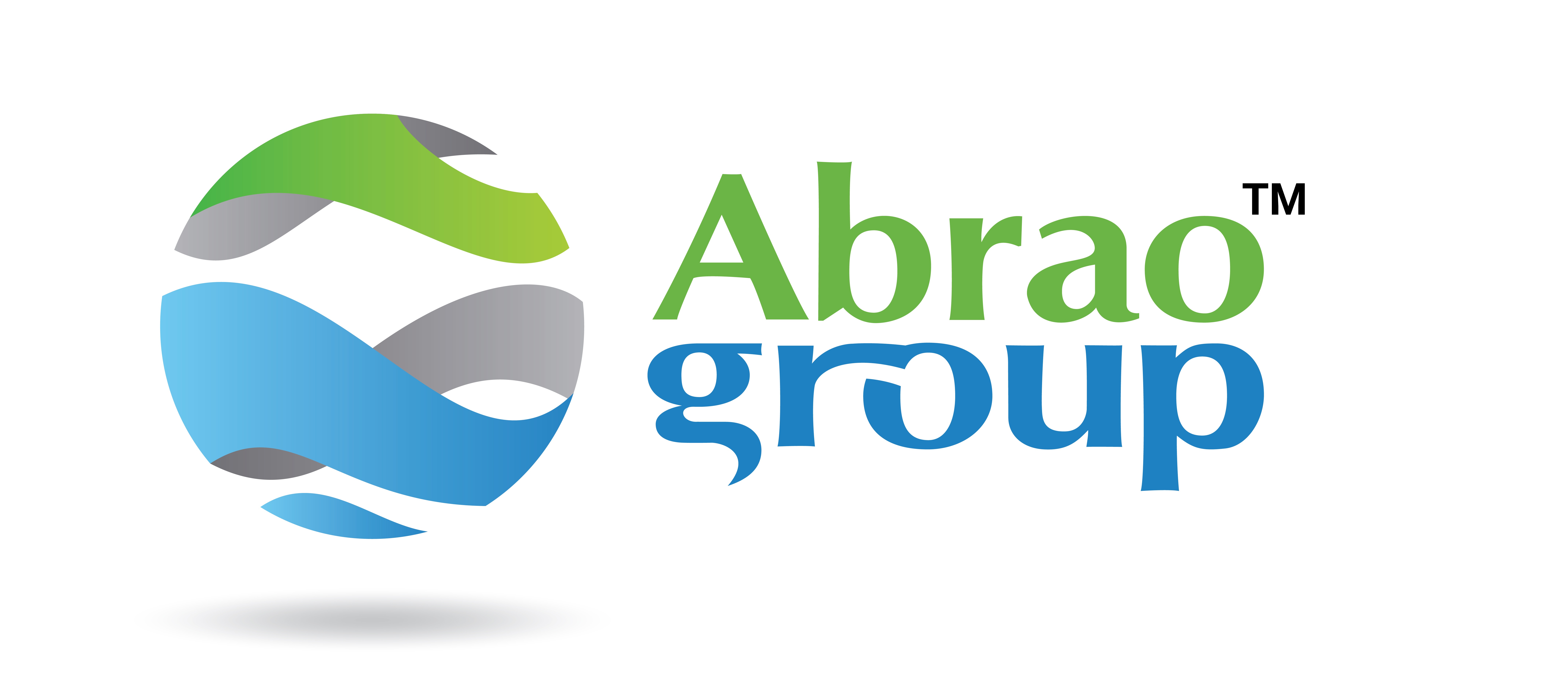Customs clearance is the key point of entry and exit of goods across international borders which follows the regulatory frameworks and promotes free flow of global trade. In a world where supply chains cross oceans are skyrocketing, being able to do this process effectively will enable companies to evade expensive delays and fines. With the changing tariffs and changing of digital tools which are used to carry out the inspections, knowledge about the customs clearance is becoming essential to both the importers and the exporters. The guide explains the concept, reveals its functioning stages, presents the main advantages, and includes the latest developments of 2025 to present practical guidelines towards effective international logistics.
Defining Customs Clearance
This is what is known as customs clearance which is the formal process of the entry of goods or the exportation of goods into a country via the border officials. It entails ensuring that the shipping complies with national regulations, payment of duties and taxes, as well as official release. The process helps in safeguarding the economies by regulating the inflow of limited products, protecting the industries in the country, and generating revenue through tariffs.
In simple terms, clearing of the customs facilitates the gap between logistic and legal compliance, converting raw shipment into a form that can be legally consumed. An example is that it is applicable to all consumer electronics, to agricultural products, and the authorities determine value, origin, and contents in imposing standards. This move has been reemphasized in 2025, when the supply chain transparency is under increased scrutiny as some key markets have suspended some low-value exemptions.

Step-by-step Process of Customs clearance
- Clearance of customs is a tedious process that needs careful planning to ensure that there are fewer delays. The process will normally take the following key stages:
- Shipment Preparation and Documentation: Prepare with principal documentation, such as commercial invoices, packing lists, bills of lading, and certificates of origin, containing a description, value and compliance information of the goods.
- Declarations: Make an electronic customs declaration, which describes the details of shipment, frequently through automated systems to speed up processing.
- Duty and Tax Assessment: Governments compute and impose levies according to the codes of the Harmonized System which categorizes commodities in every part of the world.
- Inspection and Verification: Random or targeted Inspections are conducted to verify that declarations are in accordance with contents, whereas non-intrusive scans become more frequent.
- Approval and Release: When this has been satisfied, the officials grant a certificate of clearance, where goods can move to their final destination.
- Post-Clearance Audit: In certain jurisdictions, it performs follow-up audits to maintain compliance.
This sequence is paramount on accuracy because inconsistencies may lead to holds. By 2025, filings completed on digital platforms have been simplified by cutting by up to 30 percent the average processing times in areas that have embraced technology.
The advantages of a good customs clearance
- Enhancing the agility of operations and financial conditions through prioritizing strong customs clearance is strategic. Notable gains include:
- Lower Transit Times: Swift approvals bring about shorter delays, and effective processes will reduce border waits by 20 or 40 percent to enhance supply chain velocity.
- Cost Saving: Precise declarations are not subject to penalties and storage fees which may rise to thousands of units of delayed shipments; proactive compliance will reduce these costs.
- Regulatory Compliance: Ensures that it complies with laws of trade, reducing any threat of seizure and creating confidence with the authorities in order to operate freely in future.
- Improved Security: Detailed inspections will help in blocking illegal goods access that promotes international standards and helps in safeguarding legitimate commerce.
- Revenue Optimization: Exemptions and agreements can be used to cut tariffs by 5-15 percent using preferential classifications.
These results do not only protect assets but they also position businesses to expand their growth in competitive markets in a scalable manner.
Customs clearance Data and Trends in 2025
The customs environment of 2025 is characterized by a combination of both regulatory strictness and technology development, with the volumes of international trade affecting the clearance processes. Shipments valued less than 800 such as those previously exempted in major markets are now subject to formal or informal entries with suspensions starting in August 2025 that will require more paperwork on millions of packages.
The most notable statistics and changes are:
- Efficiency Gains in Processing: Automation of programs such as the Entry Type 86 Test will have net benefits of $960 million annualized in administration savings and 420 million earlier clearances by 2034.
- Tariff Adjustments: On a few imports: 25 per cent on aluminium and steel products, 50 per cent on semiconductors and 100 per cent on electric vehicles. It has led to 10 to 20 percent increase in compliance examination.
- Expansion of HS Codes: Implementation of 12-digit codes in areas such as the UAE and the GCC increases the accuracy of the classification, eliminating misdeclarations by 15 percent but increasing the preparation time.
- Logistics Performance Metrics: The average worldwide efficiency score is 2.8 out of 5, and best results are achieved by such locations as Singapore with 4.2 supporting the economic premium of efficient processes.
Such tendencies focus on the use of digital, and 70 percent of statements are currently electronic, with a 25 percent reduction of manual errors predicted by the end of the year.

Conclusion
Customs clearance lies at the cross-section of trade promotion and border security and requires the watchfulness to realize its full potentials in international trade. This need can be turned into a competitive advantage by the business by adopting articulated processes, capitalizing on opportunities such as cost advantages as well as keeping up with the changes of regulation within the business environment of 2025. With the growing intensity of international flows, investors who place their bets on tech-enabled, compliant strategies will cross boundaries without any apprehension, resulting in sustainability success in an interconnected world.




